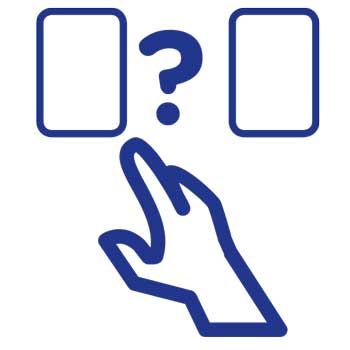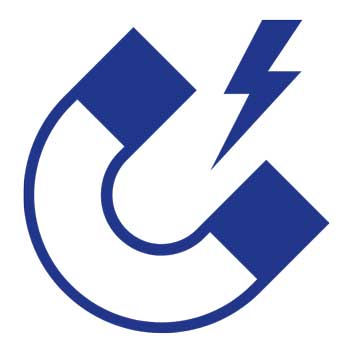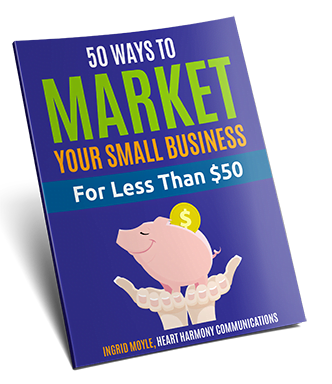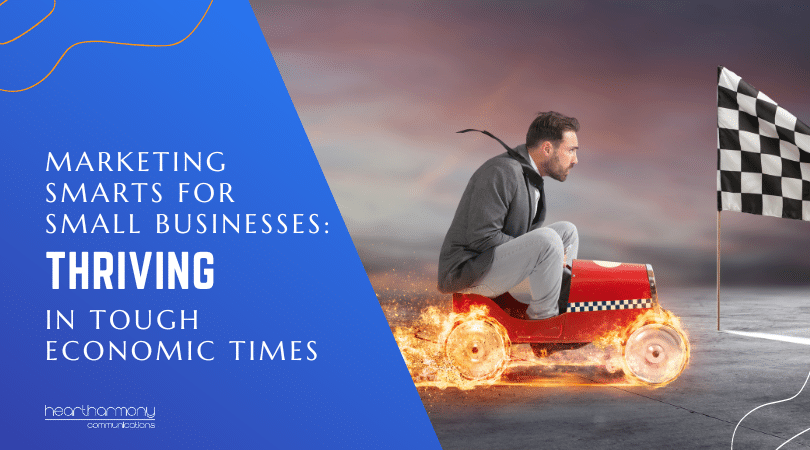Being authentic in your branding and marketing is magnetic in this era where lying is a Gladiator blood sport. Here’s why you shouldn’t be a shoddy clone of someone else, but be fully and joyfully you!
“What do you mean they want a photograph of each of the Executive team members doing their hobby in the Annual Report? Work IS my hobby!”
I was sitting across a mile-wide desk from a shocked grey-suited senior executive who was leaning back in his black leather chair. We were in deep discussions about the company’s upcoming annual report.
They had hired an eye-wateringly expensive PR firm to help pull the report together, and the firm had decided that the Executives needed to be humanised to lessen their “bean counter” image.
The next few weeks were a flurry of photoshoots of Executives at the football, fishing or ten-pin bowling.
And then there was the photo of the grey-suited senior executive – extraordinarily awkwardly holding a pot plant.
It was a PR disaster.
It was glaringly obvious that the closest this bean counter had ever come to a plant was the iceberg lettuce in his Caesar salad.
“It should have been perfect,” the PR team lamented. “Gardening is the perfect visual representation of what someone does with money – so it was a logical match.”
The problem was that people have an inbuilt bulldust meter – a meter that is purely emotional and has nothing to do with logic.
If people are just are not feeling the authenticity, then no amount of glossy production values or polish will cover it.

Gut feel – The Iowa Gambling Task
Because emotions generally happen at a subconscious level, the feeling something is not entirely authentic or right also occurs at a subconscious level.
The Iowa Gambling Task (IGT) is a famous psychology study where people were shown four virtual decks of cards on a computer. They were told that they need to draw cards that will either win or lose them money from any of the decks. The object of the game was to win as much money as possible.
What participants weren’t told and didn’t know, was that two decks were weighted positively – to give more winning cards, and two negatively – more losing cards. If you draw more from the winning decks you win more money.
It took between 40-50 choices before participants consistently would choose from the good decks, but it took to 80 choices before they could tell you why they preferred those decks. Their emotions changed their behaviour, but their logical brain hadn’t yet caught on.
But it got more interesting. When they hooked participants to a galvanic skin response meter, after just 10 choices, people’s bodies responded and showed a stress response whenever they hovered over a bad deck of cards.
In other words, at some level, they knew things were “off” before they changed behaviour or could articulate what was wrong. Gut feel is a real thing.
If people see something incongruent in branding or marketing, long before they can say why they think it is off, their gut sends out warning signals.
People respond to those signals and then click away or don’t buy from you, but can’t explain precisely why they did that. They just know that something didn’t feel authentic, so they leave.
A toxic environment
Just as our awareness of our surroundings increases if we are walking down a dark city block when no-one is around us, our authenticity vigilance increases when the societal context changes.
When people are living in an environment of lies and cover-ups, trust goes out the window. When trust is low, people become hyper-vigilant to their gut signals and more cautious.
Right now, we see lies and cover-ups as being pervasive and increasing in the world environment. Royal Commissions have shone a spotlight on lies in the clergy, banks and aged care. Politicians across the political spectrum have turned lying into a gladiator blood sport.
People are now hyper-vigilant, looking for any flicker (real or imagined) to justify why they shouldn’t trust or do business with someone.
In an environment of lies and hyper-vigilance, the only successful counter for any business is truth and authenticity.
Trying to be something that you are not will be spotted faster than the first Christmas decoration hitting the shops in September.
People desperately crave honesty, transparency and authenticity from people and businesses, and anything that smacks of falsehood is lampooned or toppled.
Think of Celeste Barber whose entire fabulous brand is lampooning the Instafake world #celestechallengeaccepted
What does authenticity have to do with branding?
Authenticity and branding share the same DNA.
Your brand is the feeling of your mission and values put into words or images.
Your brand is why you exist made visible.
That’s why you can’t just buy a genuinely authentic brand off the shelf. Your brand is something you are and not something you manufacture.
If your brand is not authentically you, people can sense it. It is the same as trying to buy the grey-suited executive a hobby. It just doesn’t work.
I am in a constant battle with many of the branding “gurus” who try and turn coaches, small business owners and tradies into clones of themselves.
Just because their brand works for them, doesn’t mean it is authentically you.
If you are just doing what some brand guru has told you, and you are not in alignment with it, then you will feel fake. And if you try to be who you are not, then people pick up that phony feeling.
“I couldn’t bear to look at my website for a year after my last web designer built it. It just wasn’t me!” was the comment from one person I am working with.
“I was told I had to have my website URL as my personal name according to the guru whose course I was doing. But it just didn’t feel right as my business is more than just me,” said another client.
If you are uncomfortable with what you are being told you “must do”, and the discomfort isn’t merely a skill gap but the feeling that “this is not really who you are” then you are not being authentic in your branding and marketing.
Authentic marketing is where you are the warts and all version of who you are now and who you are becoming, and not just a second-rate clone of some rah-rah machine.

An effective, authentic brand is magnetic
The more in alignment and authentic you are with your branding, the more powerful your branding becomes. Your brand has its own unique personality, and by embracing it you will feel more authentic in your marketing.
When you are in full alignment with your branding, the right sort of clients are attracted to it, and the tyre kickers or the wrong kind of clients are repelled by it (which is precisely the way it should be!)
You want your brand to get people down off the fence, and to bring in exactly your ideal clients.
Dr Fritz Perls, one of the founders of Gestalt therapy put it another way: “I do my thing and you do your thing. I am not in this world to live up to your expectations and you are not in this world to live up to mine. You are you and I am I, and if by chance we find one another, it’s beautiful. If not, it can’t be helped.”
If you are inauthentic, then your branding and marketing are a bit hit and miss. Sometimes you get great clients, other times you get crickets or problem children.
Patchy results often mean something is out of whack with your branding and approach, and it means it is time to take stock of where you are not authentically you.
Authenticity and your behaviour
But being fake or trying to be something that you are not doesn’t just make clients turn away, it also changes your own unconscious behaviour.
A study by Francesca Gino, Michael I. Norton, and Dan Ariely gave young women subjects expensive Chloe sunglasses to wear.
Half of the women were told that the sunglasses were genuine, and the other half were told that the sunglasses were fake (even though they were genuine).
The test showed that the ones who thought they were wearing fake sunglasses were more than twice as likely to cheat on a maths test if they thought they wouldn’t be found out. In another experiment, the people who thought they were wearing fake glasses judged people as more likely to be unethical.
In other words, if you think you are a phony, you act like a phony. Fake it till you make it is the worst possible branding advice you can give anyone!
If you want to have a genuine, ethical and honest business, you need to be authentic in your branding and marketing.

So how do you step into your branding authenticity?
Stepping into your authenticity is a process. It often takes a bit of unlayering of your mental programming combined with working out who you are now and where your next step for your life/business is. Finding the sweet spot of your business will help give you an idea of what direction you want it to go.
If you feel your marketing is missing the mark, or is not reflecting the real you, then find someone to help you step into your authenticity.
It’s something that I do with all my web copy clients and with many of my coaching clients.
I help you cut through the fog and bring the best version of the authentic you to your clients, and present it in a way that your clients adore through your web copy and marketing.
Whoever you choose to work with, find the person that works with you to bring out your unique best, rather than merely turning you into a poor clone of themselves.
Trust your gut, and don’t be afraid to keep exploring who you are and who you are becoming.
As Gustavo Razzetti says, “Authenticity is not about being perfect but being true to yourself.”





